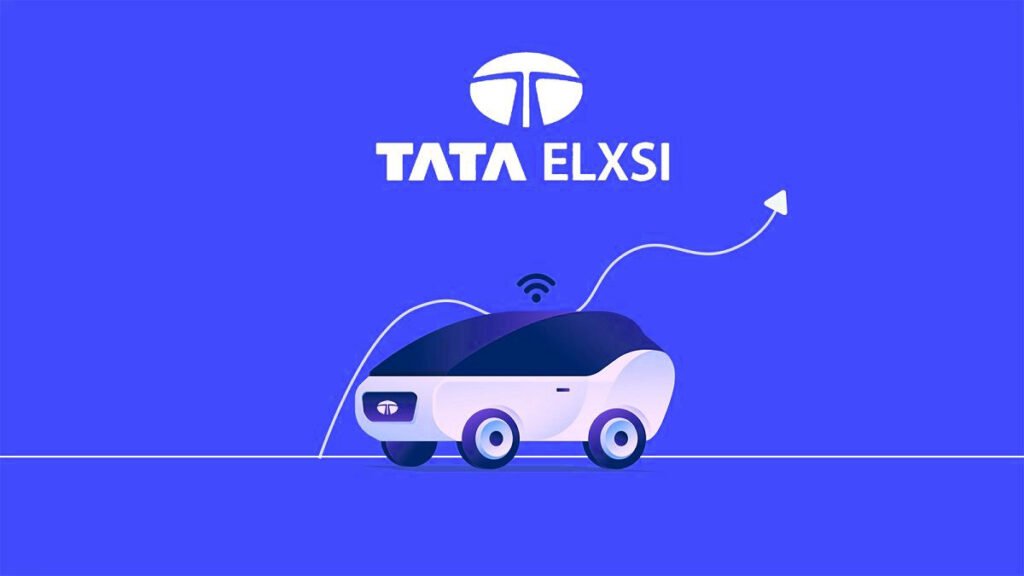At the Autocar Professional-organized panel discussion, he stated, “Several aspects of lightweighting are creeping into the sector, which is a welcome development, even though we are a bit far off in terms of proportions.”
From a conceptual standpoint, Srikumar stated that businesses should make sure the lighter, alternative part performs in the same way as the original part.
He went on to say that it is stronger but less dense from a material standpoint.
Additionally, the selection model must include a number of variables, including average load factor, annual miles, anticipated rate of return for the corporation investing in the technology, and fuel economy and pricing.
“Some design elements are receiving a lot of attention, such the use of fasteners, which can be replaced with more resource-conscious techniques like spot welding, which doesn’t require as much weight. Thus, while there has been a slight increase in weight, it is not the same as the weight of the fasteners themselves.”
He made the observation that not every part adds the same amount to the vehicle’s weight. “A commercial vehicle’s powertrain, for instance, accounts for 48% of its weight,” he said, going on to say that replacing the many shafts in the transmission can reduce the vehicle’s weight by between 10 and 30 percent.
Srikumar also mentioned using modern digital tools to cut expenses and prevent production bottlenecks.
Srikumar suggested using digital twins, which entail virtually replicating the production process before it is really implemented, as a means of cutting costs and shortening implementation times.
Businesses have an opportunity to cut costs while incorporating lightweight materials into designs using the concept of digital twins. “The expense of implementation will be incurred. People are worried about it, he continued, as well as how long it will take. As a workaround, individuals can use digital twins to review the design and confirm where the components can be found, especially while completing certification.

